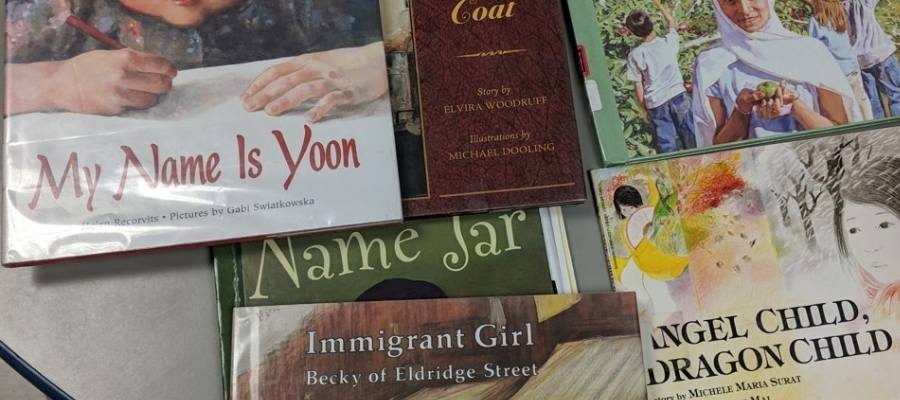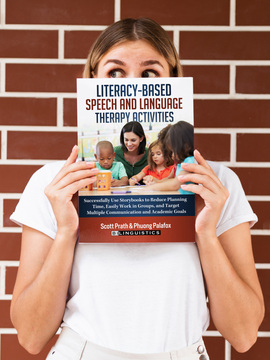Let me take you back to a not so distant beginning of a school year, my favorite time of year. I laid out all of my favorite children’s books about immigration on the table in front of a group of 3rd grade students.
As they flipped through the stunning artwork and bright illustrations of a few immigrant stories, I asked them, “Which one should we read first? I love all of these stories, but what seems the most interesting to all of you?” My students voted 4-0 for Lola by Junot Díaz. “That’s my favorite story too,” I told them.
We talked about how stories are more than decoding and memorization, and how we can enjoy stories through pictures, conversations, visualizations, and using our imagination. I talked about how we were going to travel all over the world through reading and listening to stories.
In Shontaye Glover’s captivating presentation called, “Representation Matters: The Importance of Using Diverse Picture Books in Therapy,” she talked about how:
“Books are like mirrors in that we can see ourselves in stories and how books are like windows that help us understand different experiences from our own.”
Steps to Incorporate Books About Immigrants or Refugees in Speech Therapy
Before Reading the Book
My group discusses:
- Have you ever heard of the word immigration? What do you think it means?
- What are you wondering about as you look at the cover and back of the book? What would you like to learn by reading?
- Let’s watch this short video about immigration:
During Shared-Reading
We practice talking about the story:
- I wish…
- I wonder…
- I think..
- What do you think?
With the purpose of increasing conversational turns and gaining insight to the child’s thoughts about a story.
After Reading the Immigrant Story
- What do you think immigration means?
- How did this story make you feel?
- What would you do if you had a friend going through this experience?
By pre-teaching robust story-telling skills, building background information, “teach before you treat” (Stanford, 2020) and engaging in 1-3 months of literacy-based extension activities, you can build connections between narratives by comparing and contrasting themes, story structures, character feelings and illustrations. We practiced re-telling the immigrant stories in our own words. We discussed our own family’s stories and connected in meaningful ways. If you are wondering how to monitor progress during literacy-based intervention, check out the Narrative Scoring Scheme which aligns nicely with the general education reading expectations.
Wondering how we read Lola for 5 months? Extension Activities:
- Explore Google Images of the island in the story and describe similarities and differences between the island and the U.S.
- Act out the story and assign characters to the students.
- Talk about how they would feel if they couldn’t remember the place where they were born.
- Draw a picture of where you live and describe it by answering who, what, where, when, questions.
- Compare and contrast characters in the story.
- Ask your parents to describe the place they grew up and tell us about it next week. Honor their family’s narratives and hold space for your students’ stories.
- Draw your favorite part of the book and explain why it’s your favorite illustration or part of the story.
- Show a video of Junot Diaz talking about his story and reading his story.
- Research as a group who the monster in the story actually was on the island. Explain the difference between a president and a dictator.
- Show Google Images of the island and practice visualization reading strategies to paint pictures in their mind as they read to support comprehension of text.
While you are intentionally choosing 3-8 fiction or nonfiction books about immigration for the school year, ask yourself:
- Who writes the stories?
- Who benefits from the stories?
- Who is missing from the stories?
Through Literacy-Based Intervention we can foster empathy and compassion all while empowering children to tell their meaningful stories.
Our Picks: The Best 5 Immigrant Books for Speech Therapy
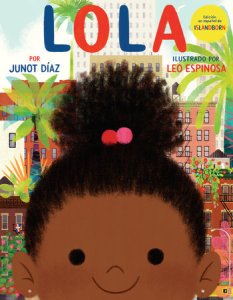
Lola / Islandborn by Junot Diaz
Every kid in Lola’s school was from somewhere else.
Hers was a school of faraway places.
So when Lola’s teacher asks the students to draw a picture of where their families immigrated from, all the kids are excited. Except Lola. She can’t remember The Island—she left when she was just a baby. As she draws closer to the heart of her family’s story, Lola comes to understand the truth of her abuela’s words: “Just because you don’t remember a place doesn’t mean it’s not in you.”
The Name Jar by Yangsook Choi
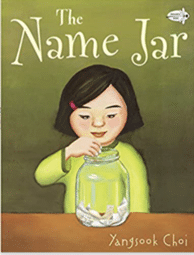
A perfect read for back to school — no matter what that looks like! The new kid in school needs a new name! Or does she?
Being the new kid in school is hard enough, but what about when nobody can pronounce your name? Having just moved from Korea, Unhei is anxious that American kids will like her. So instead of introducing herself on the first day of school, she tells the class that she will choose a name by the following week. Her new classmates are fascinated by this no-name girl and decide to help out by filling a glass jar with names for her to pick from. But while Unhei practices being a Suzy, Laura, or Amanda, one of her classmates comes to her neighborhood and discovers her real name and its special meaning.

Grandfather’s Journey by Allen Say
At once deeply personal yet expressing universally held emotions, this tale of one man’s love for two countries and his constant desire to be in both places captured readers’ attention and hearts. Fifteen years later, it remains as historically relevant and emotionally engaging as ever.
One Green Apple by Eve Bunting
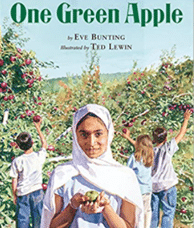
Farah feels alone, even when surrounded by her classmates. She listens and nods but doesn’t speak. It’s hard being the new kid in school, especially when you’re from another country and don’t know the language. Then, on a field trip to an apple orchard, Farah discovers there are lots of things that sound the same as they did at home, from dogs crunching their food to the ripple of friendly laughter. As she helps the class make apple cider, Farah connects with the other students and begins to feel that she belongs.

Pancho Rabbit and the Coyote: A Migrant’s Tale by Duncan Tonatiuh
In this allegorical picture book, a young rabbit named Pancho eagerly awaits his papa’s return. Papa Rabbit traveled north two years ago to find work in the great carrot and lettuce fields to earn money for his family. When Papa does not return, Pancho sets out to find him.
He packs Papa’s favorite meal–mole, rice and beans, a heap of warm tortillas, and a jug of aguamiel–and heads north. He meets a coyote, who offers to help Pancho in exchange for some of Papa’s food. They travel together until the food is gone and the coyote decides he is still hungry . . . for Pancho! Duncan Tonatiuh brings to light the hardship and struggles faced by thousands of families who seek to make better lives for themselves and their children by crossing the border.
References, More Resources and Runner-up Books about Immigration:
- @jennrothstein: 3 questions.
- @jodikantor: tweet.
- @theconsciouskid: re-share of tweet.
- Literacy-Based Intervention for Speech-Language Therapy
- RAICES Family Guide
- My name is Sangoel by Karen Williams (Author), Khadra Mohammed (Author), Catherine Stock (Illustrator)
- Angel Child Dragon Child By Michele Maria Surat
- The Memory Coat By Elvira Woodruff
- All the Way To America: The Story Of A Big Italian Family And A Little Shovel
- Children Books About Mexican Immigration
What books about immigration have you intentionally chosen for this school year’s Literacy-Based Speech and Language Intervention? Comment below!

